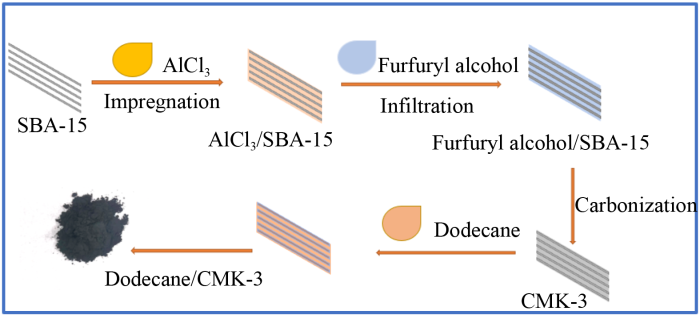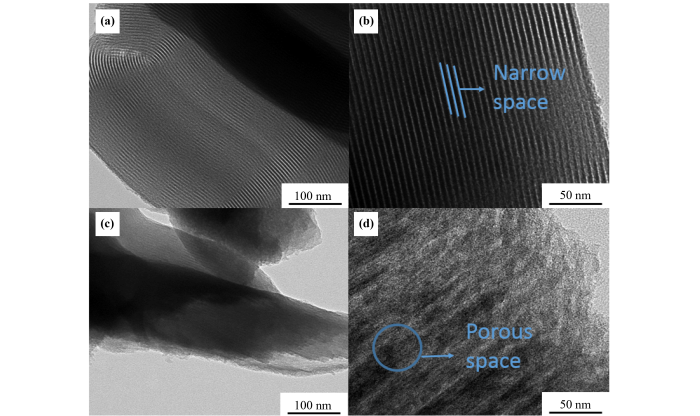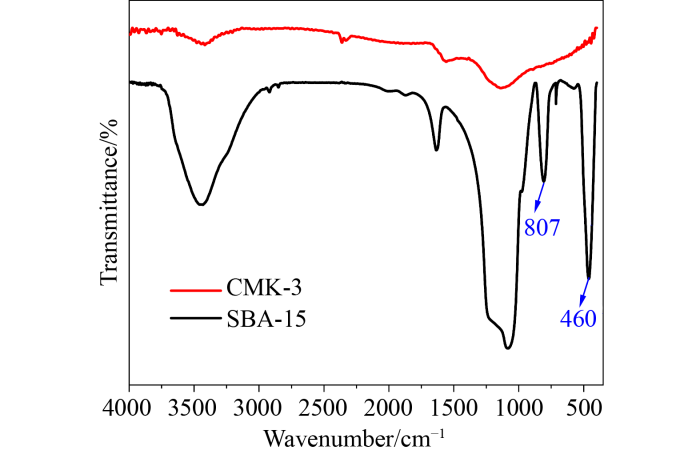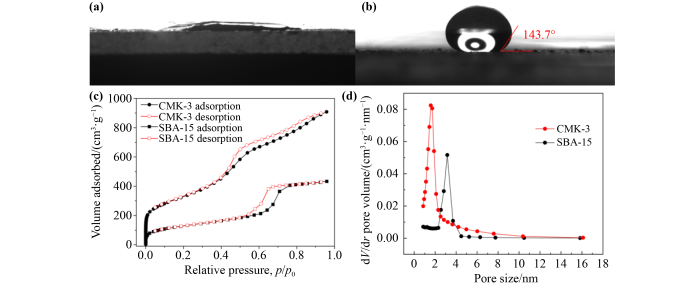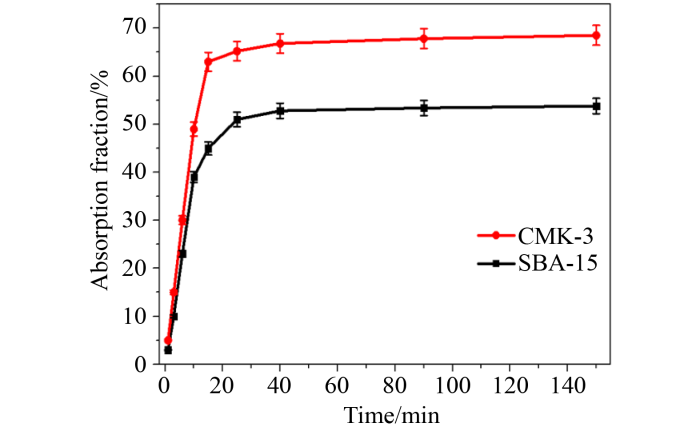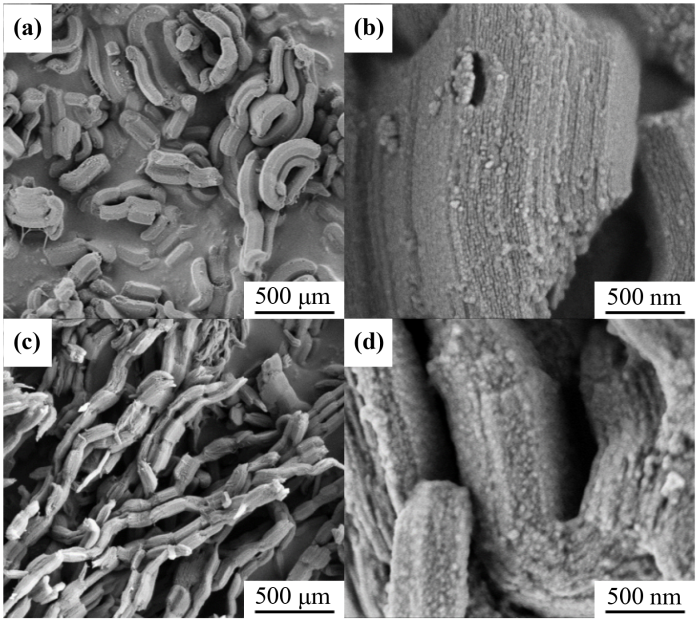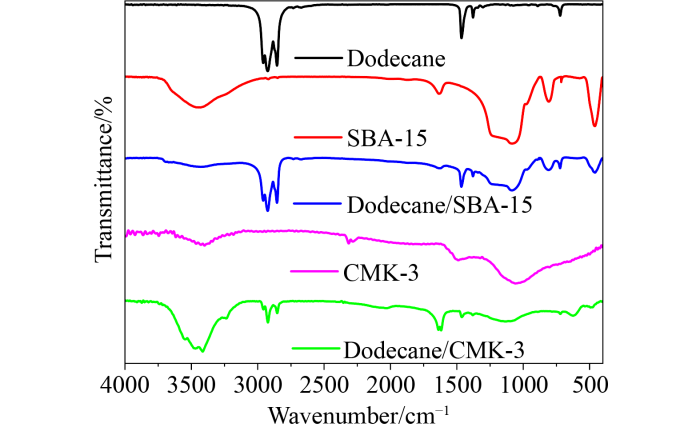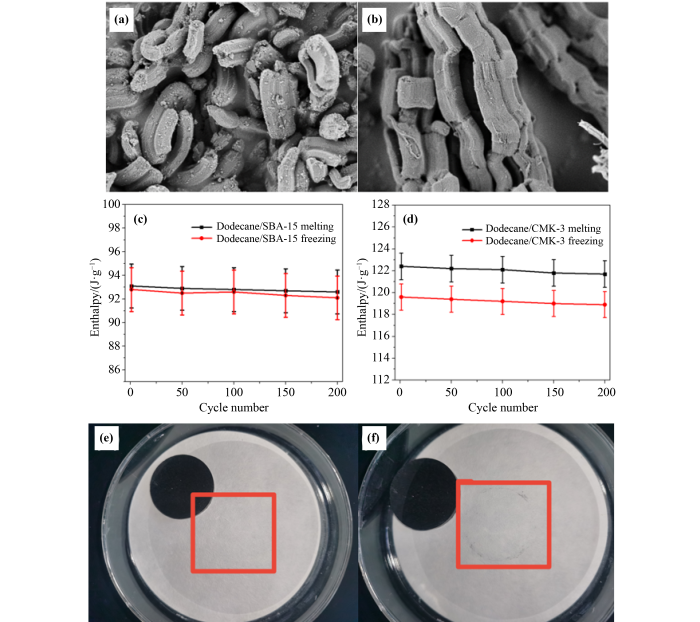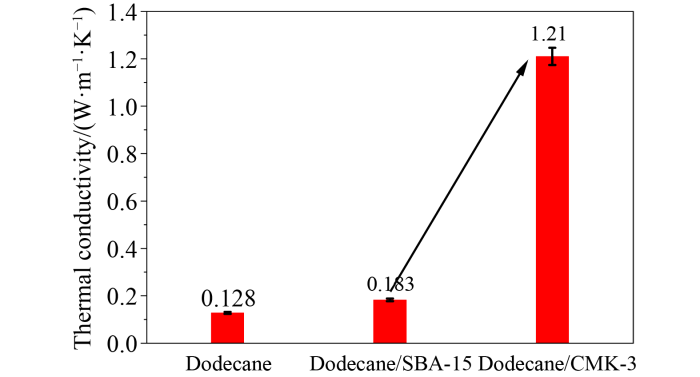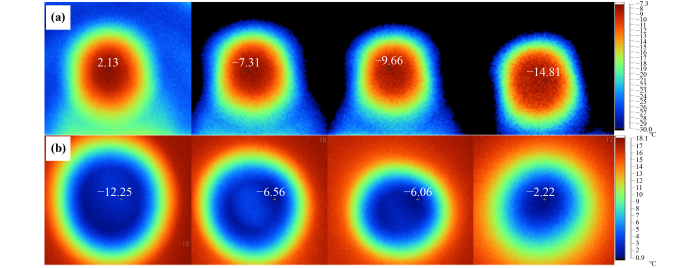The encapsulation technique not only increases the thermal conductivity, but also prevents the leakage of liquid PCMs. However, it is important to note that the fabrication process for phase change microcapsules through encapsulation is more intricate and involves higher preparation costs compared to other methods [
14]. In contrast to the phase change microcapsule technology, the impregnation method is regarded as a simple and cost-effective manufacturing process [
19]. In this approach, porous materials absorb liquid PCMs into their pores, preventing the leakage of PCMs during the phase change process owing to the great capillary forces as a result of the large specific surface area. Based on the endowed chemical inertness as well as other physical and mechanical properties, common porous materials suitable for PCM carriers have been explored, which include expanded graphite [
20], foam metals [
21–
22], expanded perlite [
23], metal‒organic framework materials (MOFs) [
24], and porous polymers [
25–
26]. Previous studies have found that porous materials such as foam metals (e.g., foam copper) and expanded perlite exhibit poorer reliability in securely retaining PCMs within the carrier due to weak capillary forces in larger pores [
27]. Additionally, MOFs and porous polymers have limited chemical stability and are prone to rupture, resulting in a reduced level of widespread attention [
28–
29]. On the other hand, carbon-based supporting materials such as expanded graphite have emerged as a research hotspot due to their favorable pore structure that helps prevent leakage. Moreover, their structure boasts a high aspect ratio and provides continuous thermal pathways, enabling enhanced thermal conductivity performance. Furthermore, carbon-based support materials have garnered attention for their excellent mechanical properties, chemical stability, and high electrical conductivity [
2,
30]. Carbon-based materials such as expanded graphite exhibit strong adsorption properties for medium-temperature PCMs in the solid state at room temperature due to their larger pore size, but the encapsulation effect for low-temperature PCMs in the liquid state at room temperature is significantly worse, especially during the actual compaction process, low-temperature PCMs are easy to leak out from the carbon-based materials such as expanded graphite [
12,
31]. As per the classification provided by the International Union of Pure and Applied Chemistry (IUPAC), porous carbon materials can be classified into three distinct groups based on their pore size: micropore (particle size < 2 nm), mesopore (2 nm < particle size < 50 nm), and macropore (particle size > 50 nm) [
28]. In recent years, mesoporous carbon materials have been used as supporting carriers for composite PCMs due to their ordered pore size distribution, suitable pore diameter, high porosity, and specific surface area, which introduce stronger host–guest interactions and thereby avoid leakage of the PCM. In this regard, Feng et al. [
32] employed a melt impregnation technique to encapsulate polyethylene glycol (PEG) within the mesoporous carbon FDU-15. The results indicated that the phase transition temperature and enthalpy of PEG/FDU-15 were 50.45 °C and 81.76 J·g
−1, respectively. Similarly, Li et al. [
33] and Han et al. [
34] independently synthesized composite PCMs with phase transition temperatures of 37.54 and 129.8 °C, respectively. These materials were composed of paraffin/high-density polyethylene/carbon nanotubes and decanedioic acid/MCM-41, respectively.




